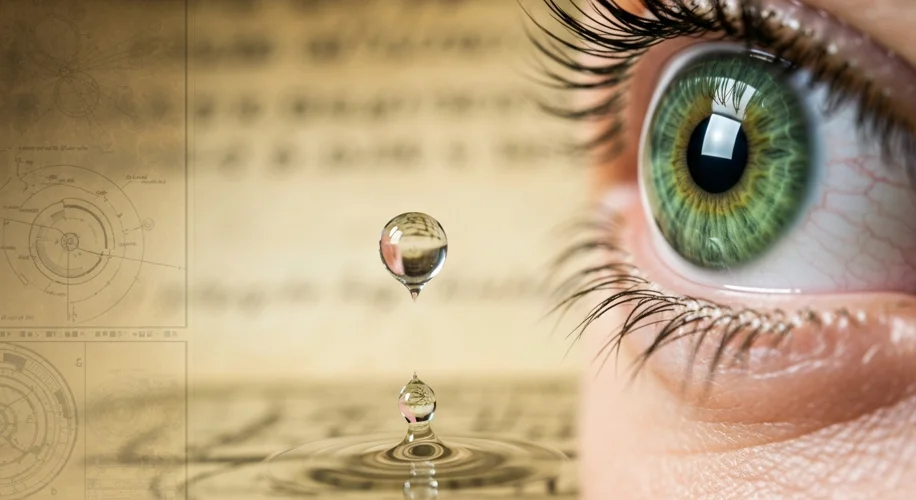It’s been quite a journey, hasn’t it? From the early days of thick, horn-rimmed spectacles to the sleek, barely-there contact lenses we have today, the way we correct our vision has evolved dramatically. As someone who has spent years poring over the history of technology, I find these advancements endlessly fascinating. They aren’t just about convenience; they represent profound shifts in how we interact with the world.
Today, I want to share something truly remarkable that’s just crossed my desk, or rather, been approved by the FDA: a new type of eye drop designed to restore near vision, potentially freeing many of us from reading glasses. For context, think back to the invention of bifocals by Benjamin Franklin in the late 18th century. That was a significant step, allowing people to switch between distance and near vision without changing spectacles. Then came contact lenses, offering a more discreet option.
This new development takes a different path entirely. Instead of a physical lens, it utilizes a carefully formulated liquid that, when applied, temporarily changes the surface of the cornea. It works by creating a small, pinhole effect, similar to how a camera aperture can increase depth of field. This effect allows light rays to focus more precisely on the retina, improving clarity for close-up tasks like reading fine print. The administration is simple – just a few drops in each eye.
What’s particularly exciting about this, from a historical perspective, is how it mirrors broader trends in technological innovation. We’ve seen a move from purely mechanical solutions (like early lenses) to more sophisticated chemical and biological applications. It’s reminiscent of how early computing relied on clunky mechanical switches, while today’s technology is built on the manipulation of materials at a near-atomic level.
This approval marks a significant milestone, offering a non-invasive alternative for presbyopia, the age-related condition that makes focusing on near objects difficult. It’s a testament to the continuous pursuit of refining even the most established technologies. While I’ve always been captivated by the ingenuity of mechanical engineers and early electronics pioneers, it’s equally inspiring to see how modern science is leveraging chemistry and biology to solve everyday problems in novel ways. This development opens up a new chapter in vision care, and I, for one, am eager to see how it unfolds.

